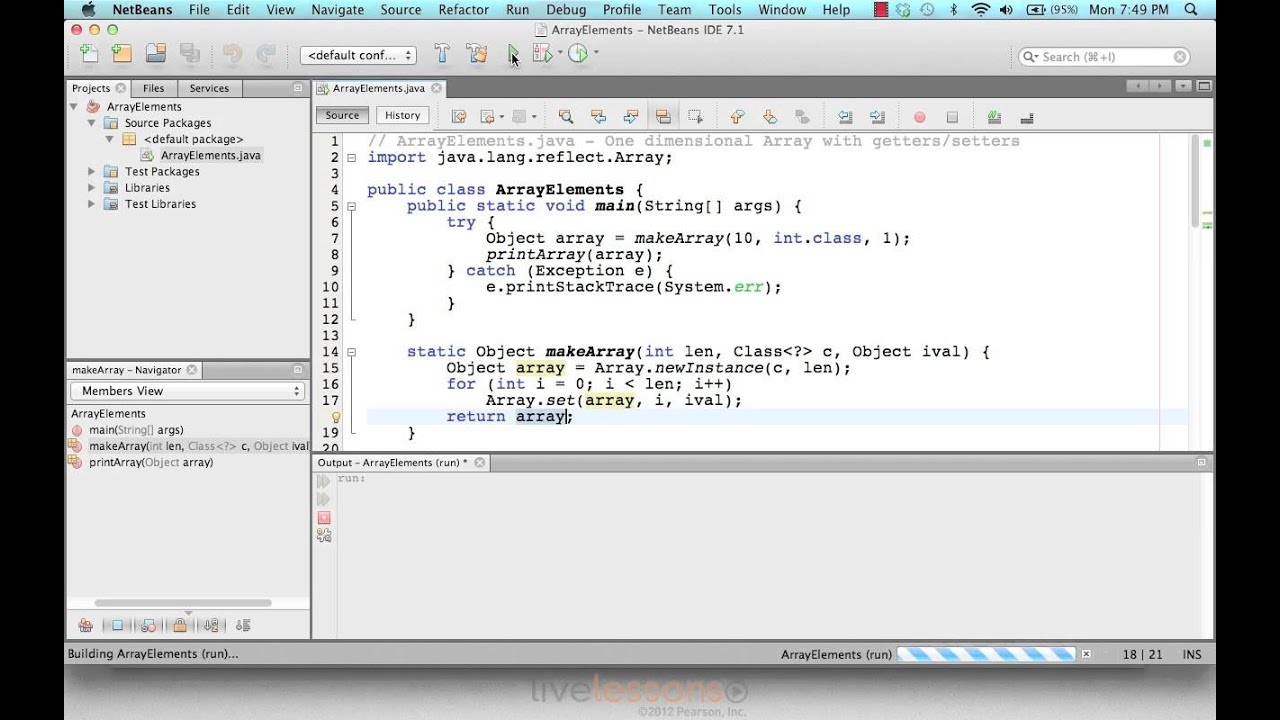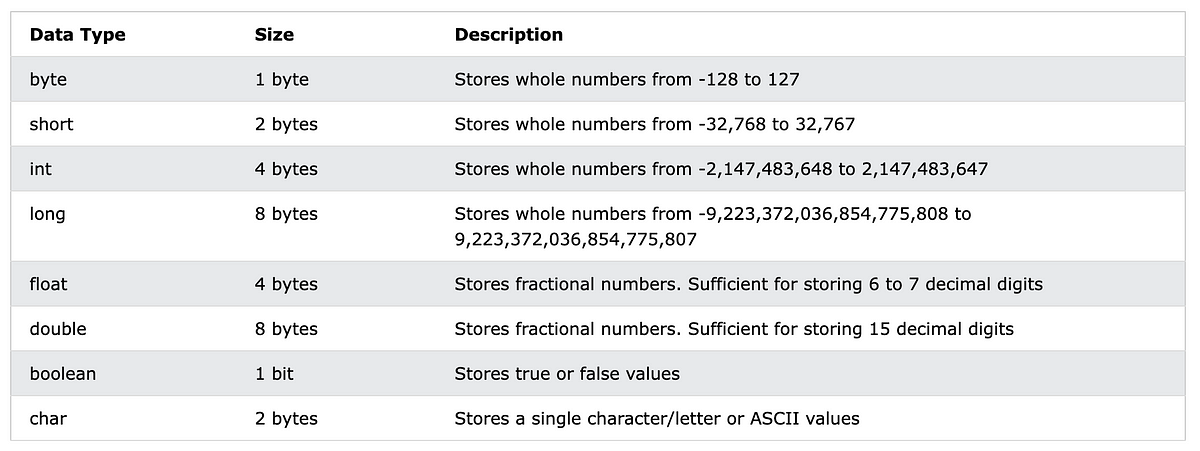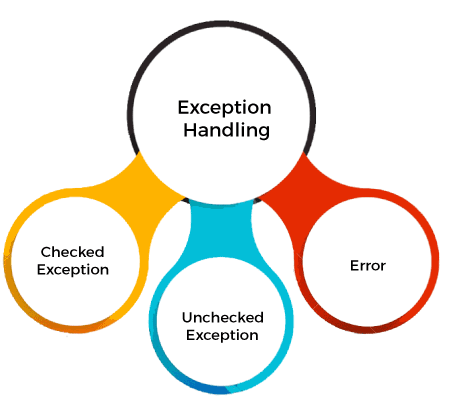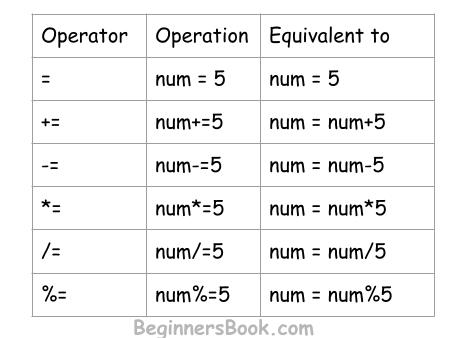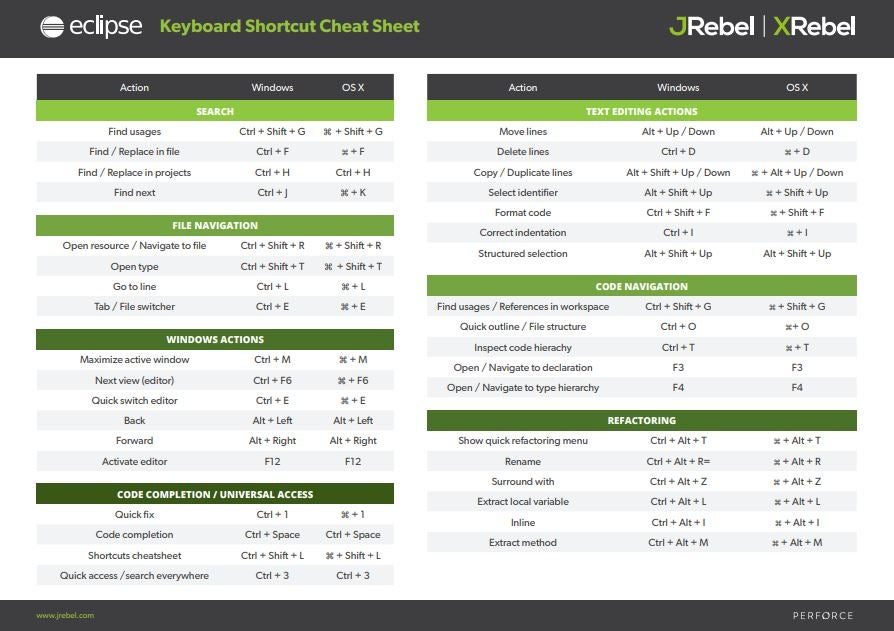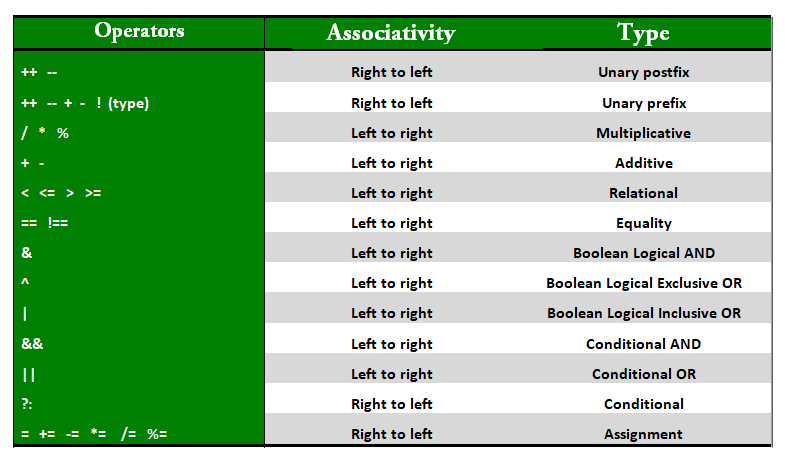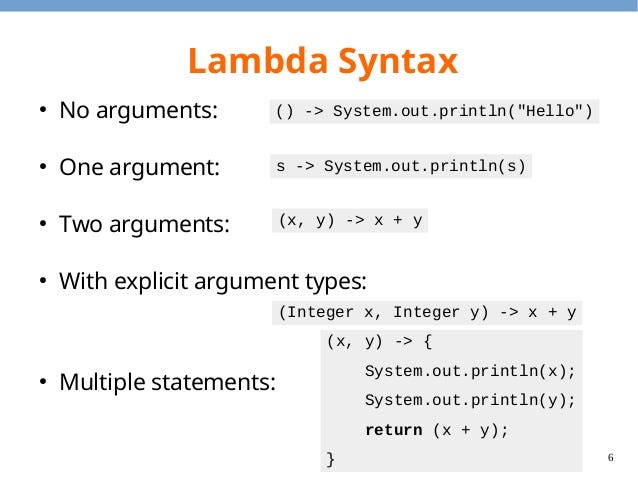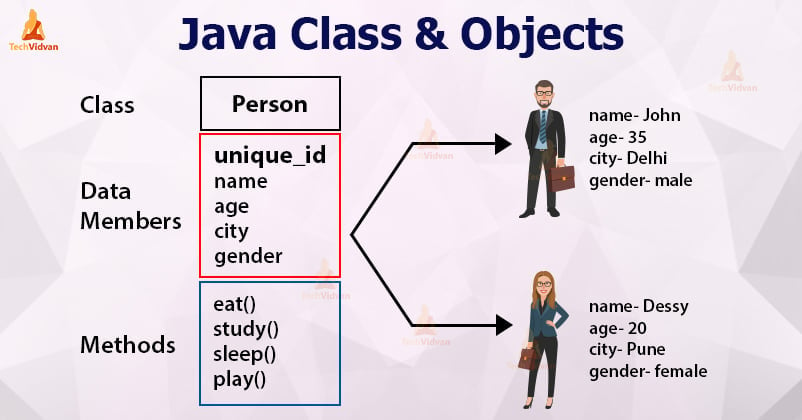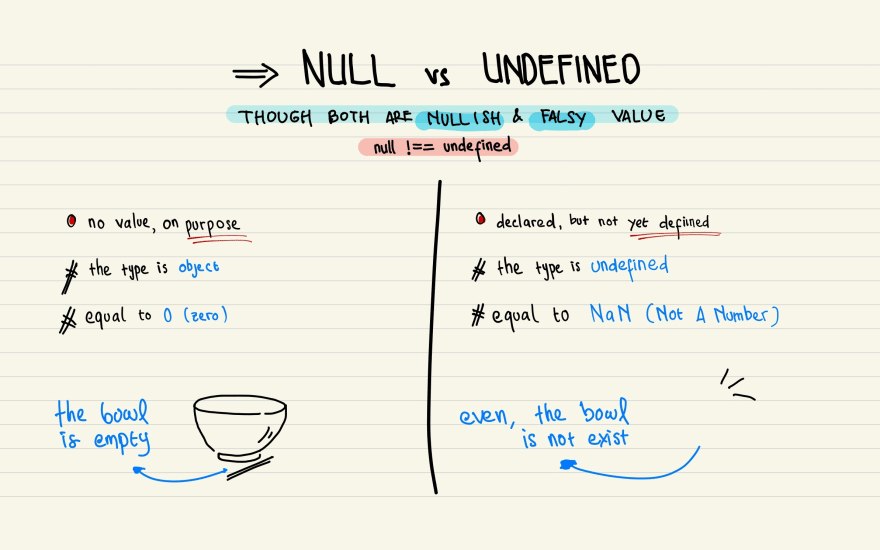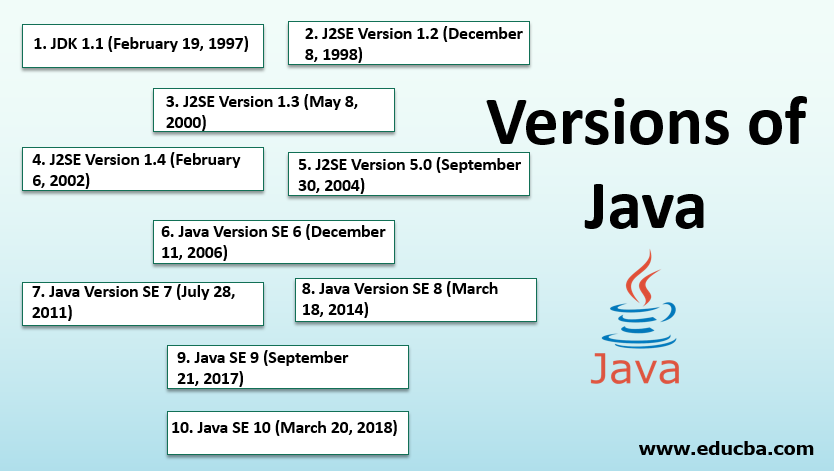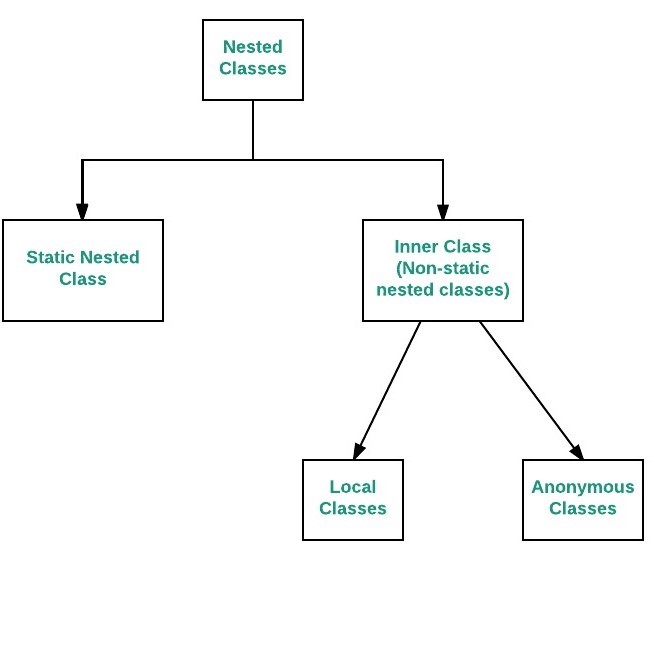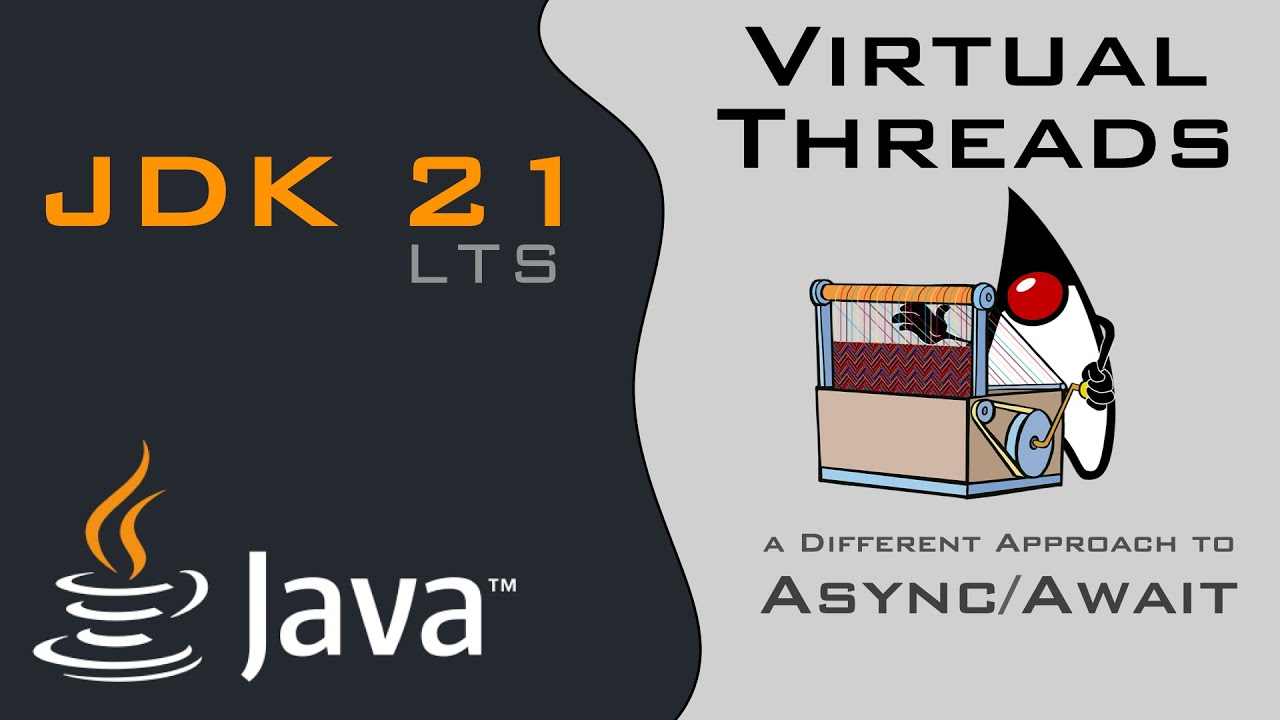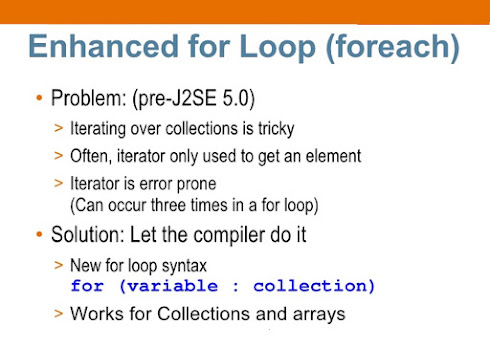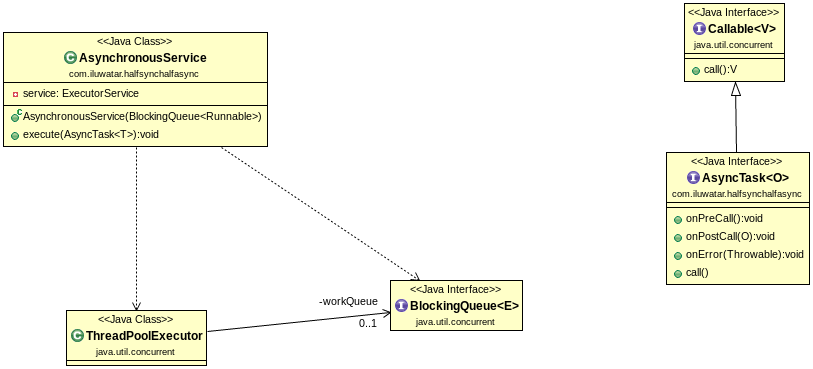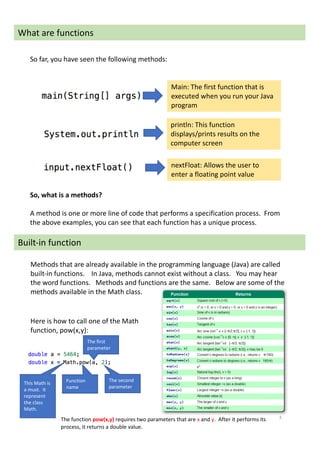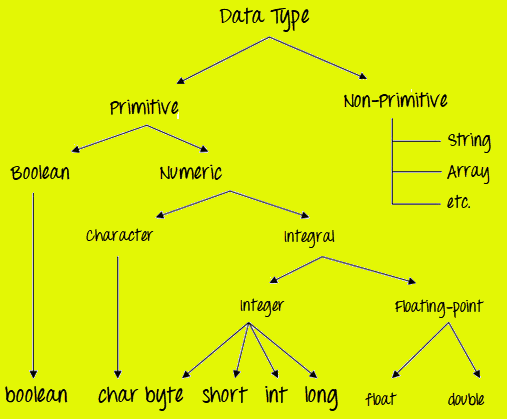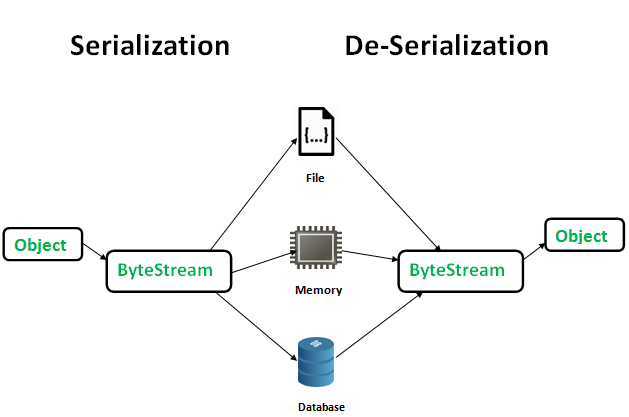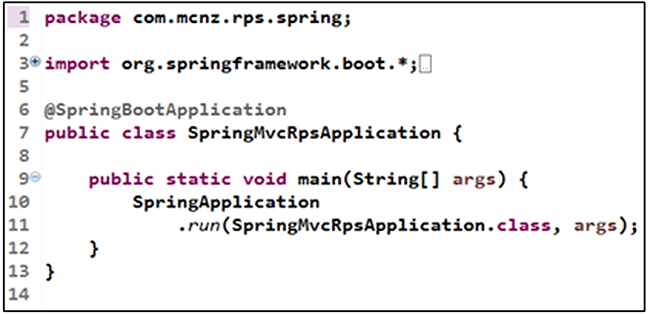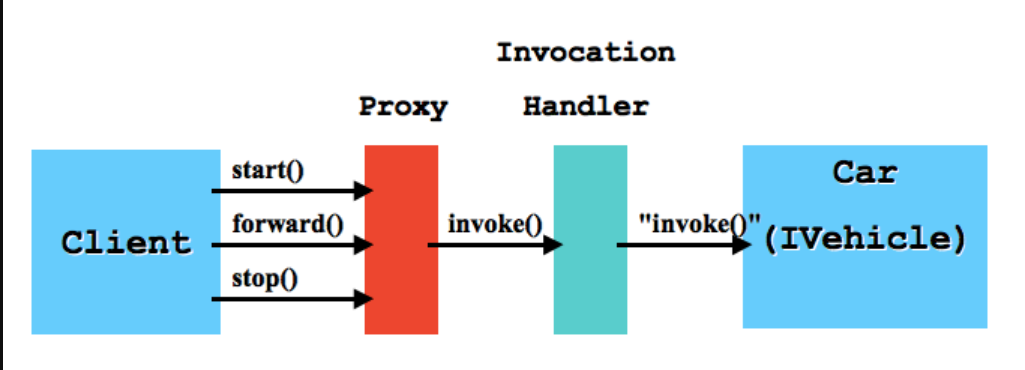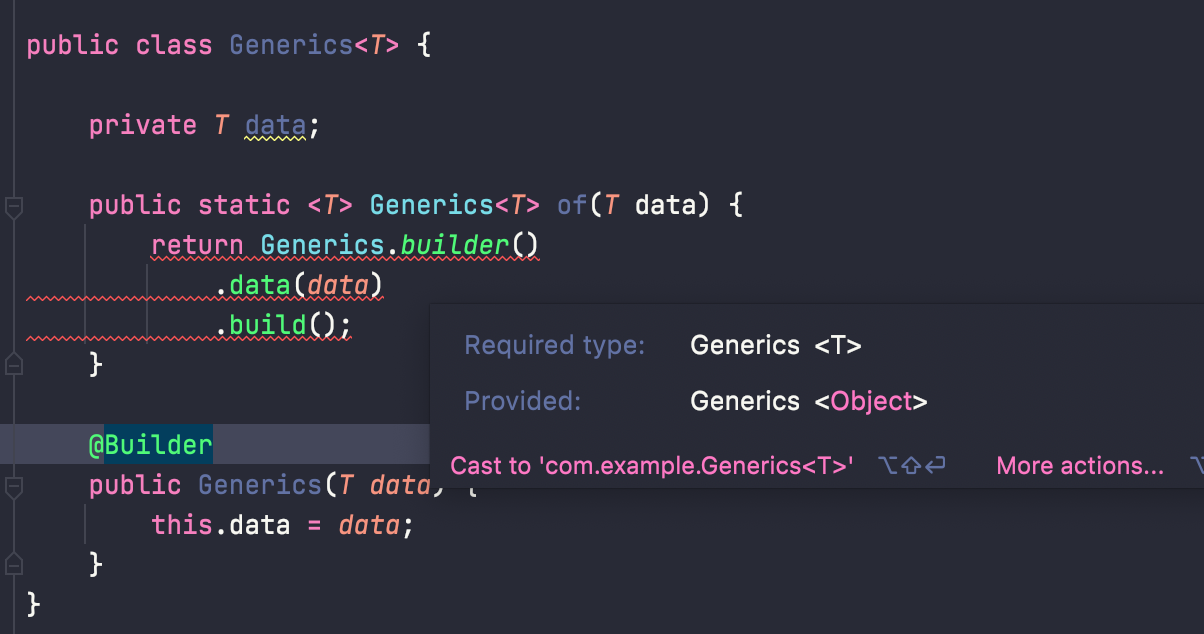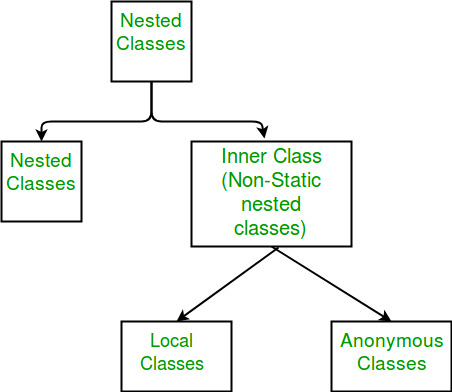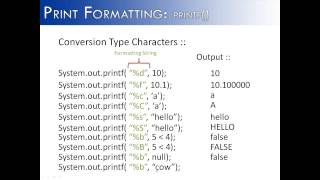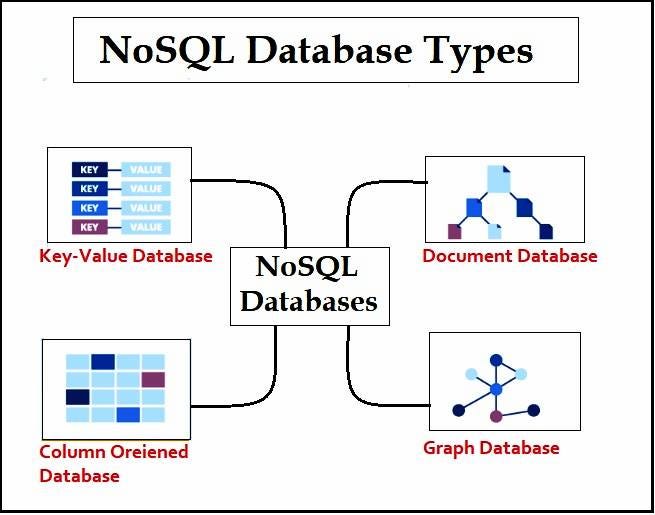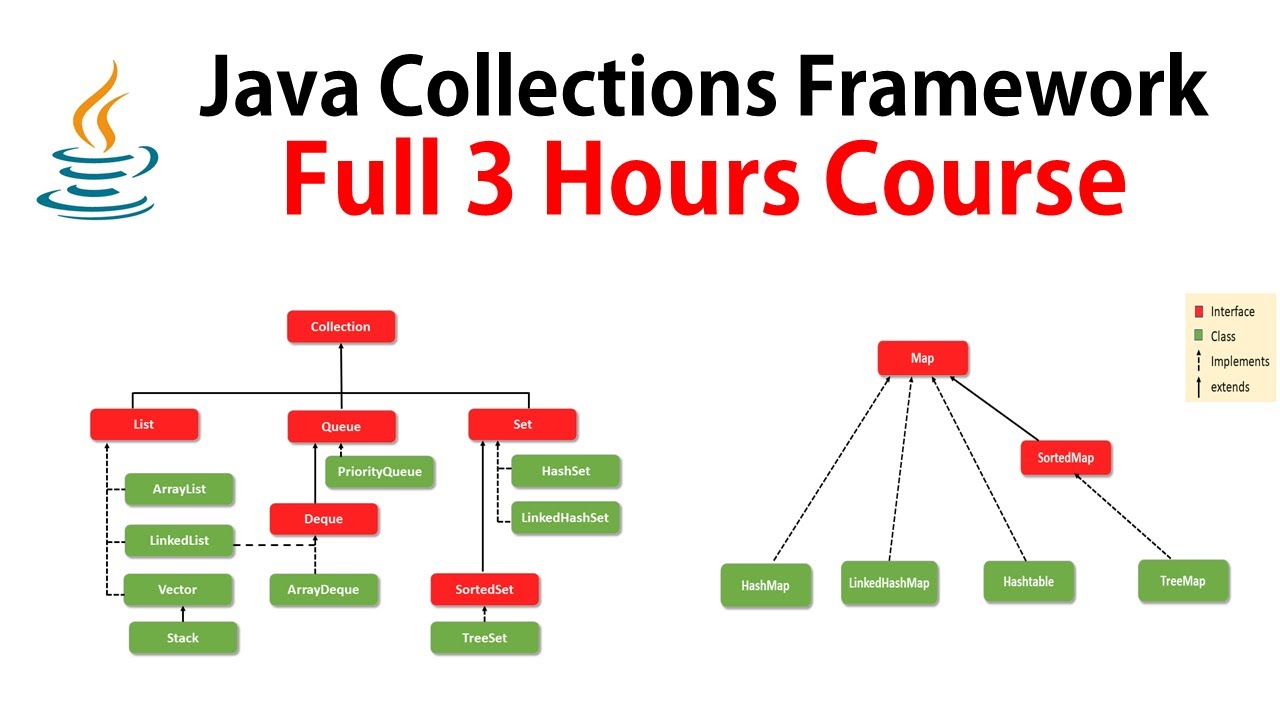Artificial intelligence with machine learning in Java
Artificial intelligence with machine learning in Java
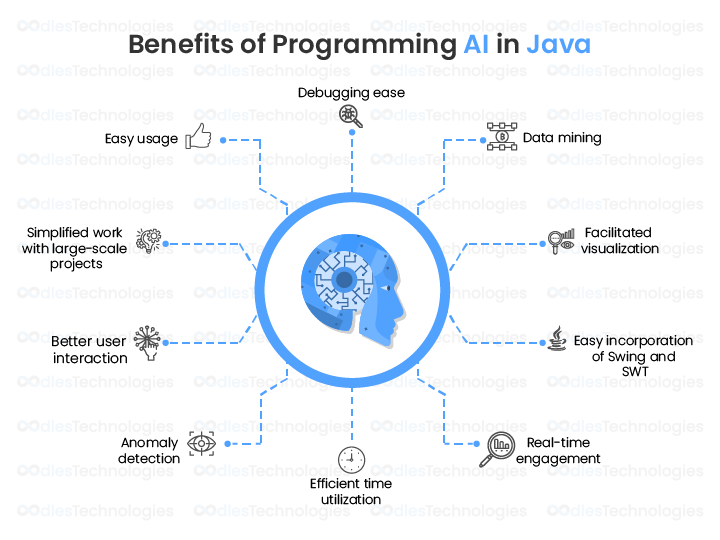
Here's an extensive explanation of artificial intelligence (AI) with machine learning in Java:
What is Machine Learning?
Machine learning is a subset of artificial intelligence that involves training algorithms to learn from data and make predictions or decisions without being explicitly programmed. In other words, it allows systems to improve their performance on a task over time, based on the data they've seen.
How does Machine Learning work in Java?
In Java, machine learning can be achieved using various libraries and frameworks. Here are some popular ones:
Weka: Weka is an open-source library that provides tools for data mining and machine learning. It includes algorithms for classification, regression, clustering, association rule mining, and more. Weka's Java API: Weka also provides a Java API that allows you to use its algorithms in your own Java programs. Java Machine Learning Library (JMLL): JMLL is an open-source library designed specifically for machine learning tasks in Java. It includes implementations of popular algorithms like decision trees, random forests, and support vector machines (SVMs). Deeplearning4j: Deeplearning4j is a deep-learning library written in Java that provides APIs for building neural networks. TensorFlow: TensorFlow is an open-source machine learning framework developed by Google. It has a Java API, which allows you to use its powerful algorithms and models.Popular Machine Learning Algorithms in Java
Here are some popular machine learning algorithms implemented in Java:
Decision Trees (DT): Decision trees are used for classification and regression tasks. Random Forests: Random forests are an ensemble method that combines multiple decision trees to improve predictive performance. Support Vector Machines (SVMs): SVMs are a type of kernel-based algorithm that can be used for both classification and regression tasks. Neural Networks (NN): Neural networks are a fundamental component of deep learning models, enabling complex pattern recognition.Building Machine Learning Models in Java
To build machine learning models in Java, you typically follow these steps:
Data Preprocessing: Clean and preprocess your data by handling missing values, encoding categorical variables, and scaling features. Model Selection: Choose an appropriate algorithm based on the problem you're trying to solve and the characteristics of your data. Model Training: Train your model using the chosen algorithm and your preprocessed data. Evaluation: Evaluate the performance of your trained model using metrics like accuracy, precision, recall, F1-score, etc.Real-world Applications of Machine Learning in Java
Machine learning has numerous applications in various industries, including:
Image Recognition: Identify objects in images or detect anomalies in security footage. Natural Language Processing (NLP): Analyze text data to extract insights, sentiment analysis, and language translation. Recommendation Systems: Suggest products based on user preferences and behavior. Predictive Maintenance: Predict equipment failures using sensor data and prevent downtime.Conclusion
Machine learning is a powerful technology that can be applied in various domains using Java as the programming language. By leveraging popular libraries like Weka, JMLL, Deeplearning4j, and TensorFlow, you can build intelligent systems that can learn from data and make decisions autonomously. With its numerous applications in real-world scenarios, machine learning in Java offers a wide range of possibilities for developers to create innovative solutions.
Please let me know if you need further clarification or have any specific questions!
Java for machine learning
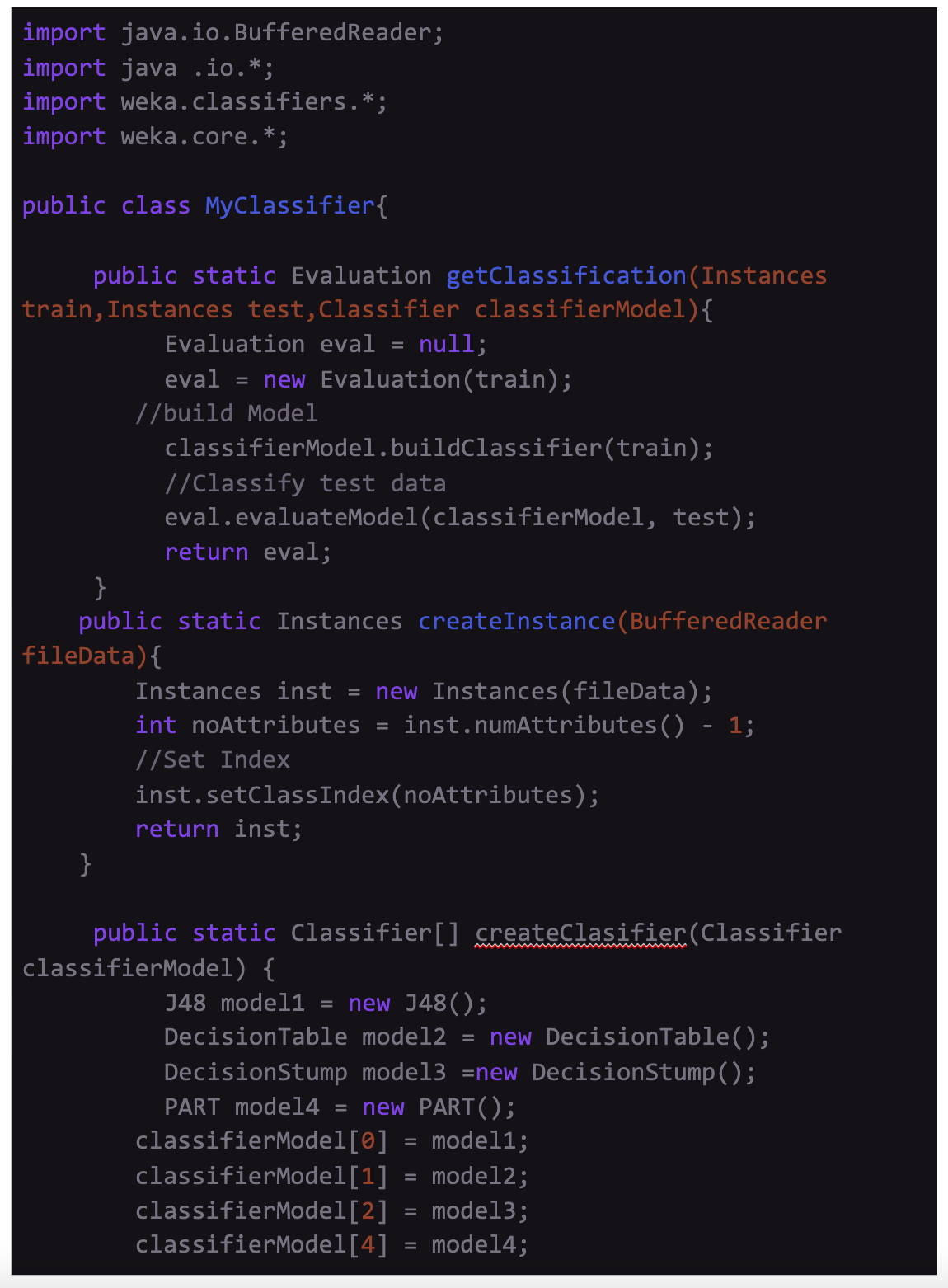
Java is a popular programming language used extensively in the development of various applications, including those related to machine learning (ML). While there are many other programming languages suitable for ML tasks, such as Python or R, Java remains a versatile and widely-used choice. Here's why:
Existing ecosystem: Java has an enormous ecosystem of libraries, frameworks, and tools that can be leveraged for ML-related projects. For instance, Weka (Waikato Environment for Knowledge Analysis) is a widely-used open-source library that provides implementations of various ML algorithms. Hadoop and Spark integration: As data grows in complexity, processing large datasets becomes increasingly important. Java's integration with Hadoop and Spark makes it easier to handle big data efficiently. You can use Java APIs like Apache Hive or Pig to query and manipulate massive datasets. Deep Learning capabilities: Java libraries like Deeplearning4j (DL4J) and Weka's DeepLearning provide implementations of deep learning algorithms, enabling you to build complex neural networks. Additionally, you can use Java-based frameworks like H2O AI to develop and deploy ML models. Distributed computing: When dealing with computationally expensive tasks or large datasets, distributed computing can be a game-changer. Java's support for MapReduce (a programming model used in Hadoop) allows you to divide complex computations into smaller, manageable parts, processing them across multiple machines. Java Virtual Machine (JVM): The JVM provides excellent performance and memory management features, ensuring efficient execution of your ML code. Cross-platform compatibility: Java's "Write Once, Run Anywhere" mantra ensures that your ML code can run seamlessly on various platforms, including Windows, macOS, Linux, and mobile devices. Large community support: The Java community is massive, with many experts willing to share knowledge, provide guidance, and contribute to open-source projects related to machine learning.When using Java for machine learning, consider the following best practices:
Java 8 or higher: Ensure you're using a modern version of Java, as it provides significant improvements in performance, concurrency, and functional programming. Libraries and frameworks: Leverage libraries like Weka, DL4J, and H2O AI to simplify your ML workflow. Distributed computing: Use MapReduce or Spark to process large datasets efficiently. Cross-platform compatibility: Design your code for deployment on various platforms.In conclusion, Java is a reliable choice for machine learning tasks due to its extensive ecosystem, distributed computing capabilities, and cross-platform compatibility. By following best practices and leveraging the right libraries and frameworks, you can develop efficient and effective ML models using Java.
